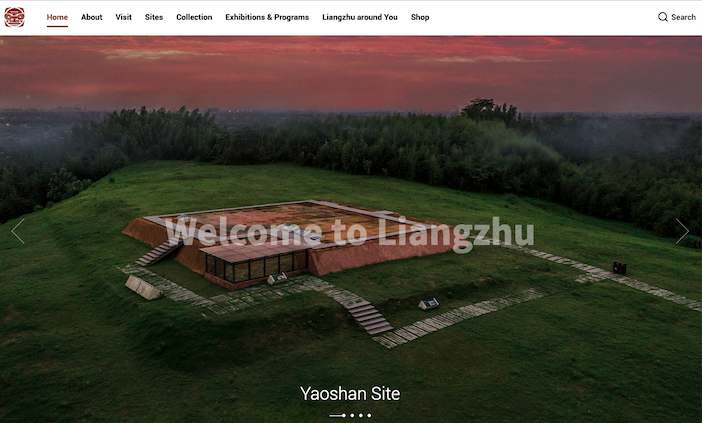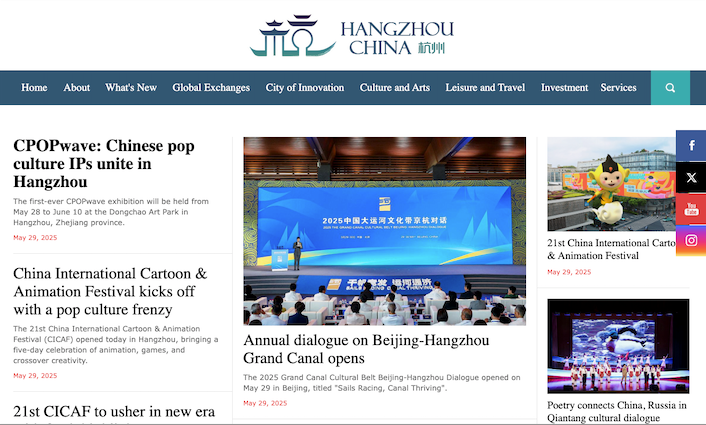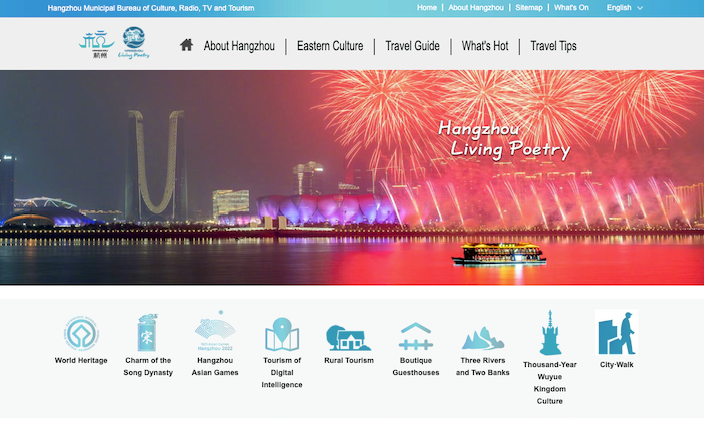1. Historical & Cultural Significance
Discovered in 1936 by archaeologist Shi Xinggeng, the Liangzhu ruins (Liángzhǔ Yízhǐ 良渚遗址) date back to 3300–2300 BCE and span 14.3 km² (core area). Recognized as a UNESCO World Heritage Site (2019), it represents a sophisticated rice-cultivating society with unified beliefs, social hierarchy, and large-scale public works.
2. Key Features
- Urban Planning:
The city had a triple-layered structure (palace, inner/outer walls) with 8 water gates and grid-like canals, reflecting advanced engineering. - World’s Earliest Water System:
An 11-dam network (including high/low dams) controlled floods and irrigated fields, using "grass-wrapped mud" techniques. - Jade Culture:
Over 10,000 jade artifacts (e.g., cong tubes, bi discs) with deity-mask motifs symbolize power and spiritual unity. Elite tombs like Fanshan held ritual jade weapons.
3. Visitor Experience
- Liangzhu Museum: Displays jades, pottery, and interactive exhibits on Neolithic life.
- Archaeological Park: Explore reconstructed city walls, workshops, and the Mojiaoshan Palace platform (30,000 m²).
- Practical Info:
- Hours: 9:00 AM–5:00 PM (last entry 4:00 PM).
- Ticket: ¥80 (includes shuttle bus).
- Transport: Metro Line 2 to Liangzhu Station, then bus 1221.
4. Global Impact
Liangzhu’s rice cultivation, textiles (early silk fragments), and social organization influenced later Chinese dynasties. Its UNESCO listing redefined early civilization timelines, earning comparisons to Egypt and Mesopotamia.




